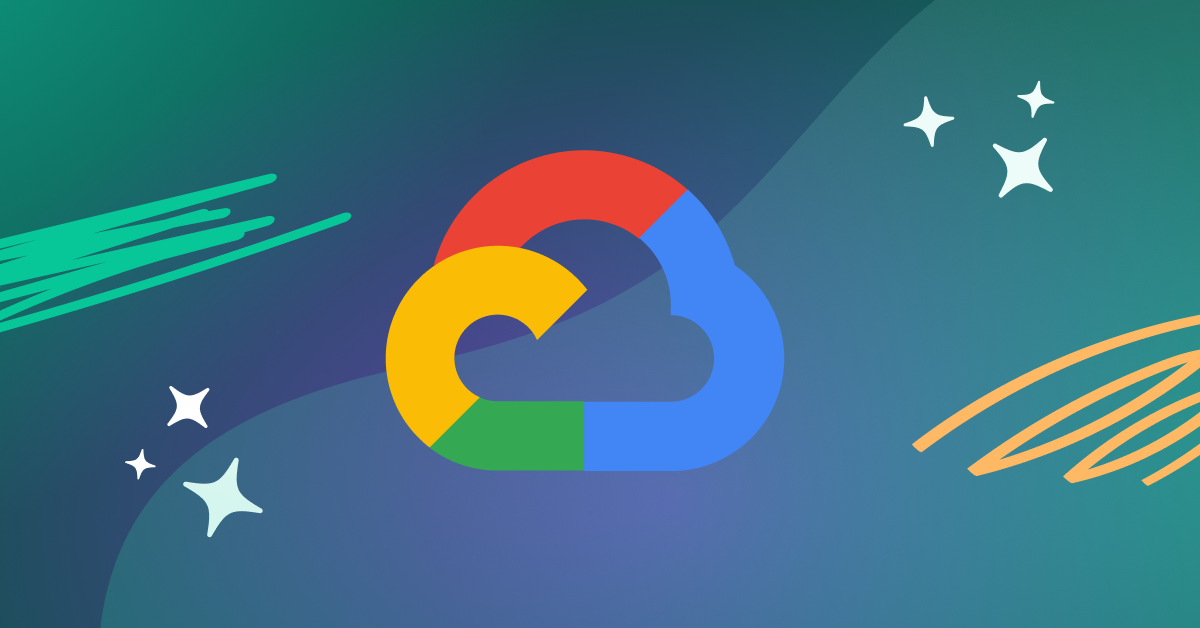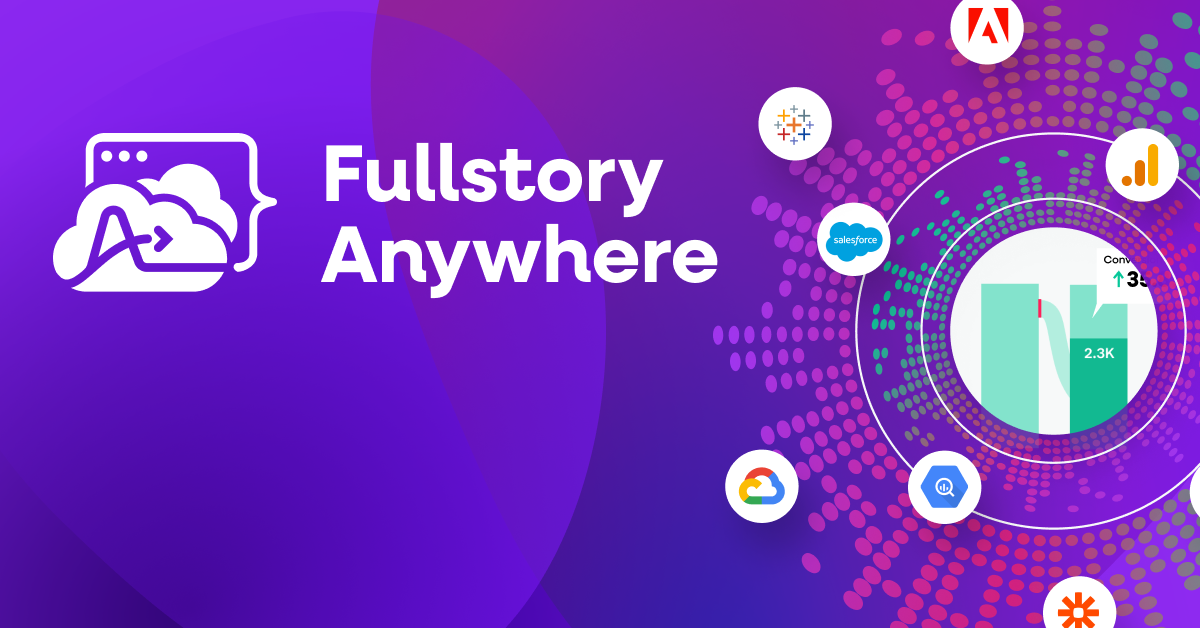The path a customer takes to make a purchase can have nearly endless variations. Understanding the full customer journey is both difficult and valuable—often revealing revenue-impacting optimization opportunities.
To fully understand the customer journey, you need a complete picture of all of a customer’s interactions with your company leading up to conversion.
No other tool does this better than Fullstory + Server Side APIs. Server Side APIs in Fullstory allow you to reconcile the data held in third party systems to understand customer characteristics and interactions specific to your business—all right there within Fullstory.
The right data + the right tools
To build the best experiences, you need the right tools and data to fully understand the customer journey. And those journeys are complex—often more of a web than a linear progression. Envisioning and analyzing real-world customer journeys requires two key components:
Making sure the right data is available
Making sure the data is available in the right tools
With the Server Side APIs (User Properties is live, Events is available in early access) from Fullstory, businesses can ingest user and event data specific to your customers’ journeys.
Server-side events and your Fullstory plan
Current and prospective customers will now receive a monthly server-side event volume as a part of their subscription.
Going forward, every month, Business and Enterprise plan customers will initially be allotted 500,000 server-side events to enrich the digital intelligence captured by Fullstory. Teams with high volume needs can increase their event volumes by subscribing to our Enterprise plan.
Server-side event volume is consumed by building your own integrations using our server side APIs or via integrations created by Fullstory and our partners. Once you ingest server side events, they will be available in Fullstory to be applied to any analysis you’re working on—completing your view of the customer experience outside of what Fullstory captures.
Our first available server-side integration is an evolution of our integration with Twilio-Segment CDP. We’ve enhanced our existing Segment partnership to support “Cloud Mode” via both our Server-side User Properties and Events APIs. In addition, we’ll be following up with new server side integrations with Zapier and Salesforce in the coming year.
This means that, with Server Side APIs, Fullstory users will have the ability to do things like:
Create a cohort of customers who opened a marketing email
Assign the plan type and business segment as identifiers for customer who recently converted to a paid subscription
Gain an understanding of how many customers visited the website but ultimately completed their transaction in a store
These capabilities enable teams to understand which behaviors—on the site or otherwise—influenced the purchase decision.
Let’s look at some typical examples of how you can achieve a complete picture of the customer experience using server-side APIs.
4 ways to use Server Side APIs for customer journey insights
Example 1: Hybrid shopping
Server Side APIs enable businesses that have ecommerce and brick-and-mortar presences to track digitally influenced revenue (like a customer who researches online but makes their purchase in-store). While digital is a revenue channel, it’s also an education tool; understanding the instances where it influenced an in-store transaction is the gold standard for brick-and-mortar organizations. With Server Side APIs, you can understand where purchases start and end, and therefore where to invest resources.
Example 2: Customer Support
A company wants to understand the full customer journey, including interactions with the Customer Support call center to understand their "cost to serve." Customers can submit support requests online, call the support center, or a combination of the two. However the company wants more context about those interactions—especially those that happen offline.
To get this context, they need to enrich customers’ digital interaction data with additional information they may know about them or certain touchpoints that they track in their third-party systems. These might include the customer’s lifetime value (LTV) and the business segment they’re part of, which can then be tied to the measures used to evaluate the performance of the customer support team. The amount of data generated by their digital interaction is incredibly insightful and becomes even more meaningful when it’s enriched with server side data points specific to the business.
Example 3: Marketing
How a prospect perceives and engages with a brand extends far beyond what they do on a company’s website. As a company scales and grows (and marketing efforts become broader and more complex), understanding the full context of how audiences interact with the brand becomes more and more important.
Server Side Events are a great tool for savvy marketing teams who are looking for a clearer picture of customer acquisition. For example, being able to tie prospects’ off-site engagements like email opens/clicks to their online interactions in Fullstory charts helps the team market to certain customers more effectively. Marketers can also apply certain characteristics they may track in their third party systems to add additional context to user behavior. And because Fullstory’s autocapture ensures that all user interaction data is logged and indexed, the analysis possibilities are essentially endless. Marketers can generate session lists based on hyper-specific segments built using all that enriched data, creating layers of insights never before available.
Example 4: Integrations
Teams responsible for digital experiences are likely using an array of third-party software and tools for Server Side Events or user tracking. For example, many customers adopt customer data platforms such as Segment, which provide server-side tracking as a product, service, or feature instead of building it for themselves. This approach is more time efficient to get up and running with server side tracking for data that’s important to the business and needs to be passed into analytics tools like Fullstory.
Another example is a company that relies heavily on the rich customer data that lives in a customer relationship manager (CRM) like Salesforce and wants to use that information as an input to evaluate the digital customer experience.
Stay tuned for more to come on enriching your digital experience data with third party integrations!
Perfecting the digital experience with data
To build the best experiences, you need to fully understand the customer journey. By marrying quantitative and qualitative user data, and capturing data from customer interactions that were previously invisible, you can perfect the experiences you own.
Check out our developer docs on Server Side APIs. As always, we’re here to answer any of your questions.
If you’re an existing customer interested in Server Side APIs, notify your account team here.




